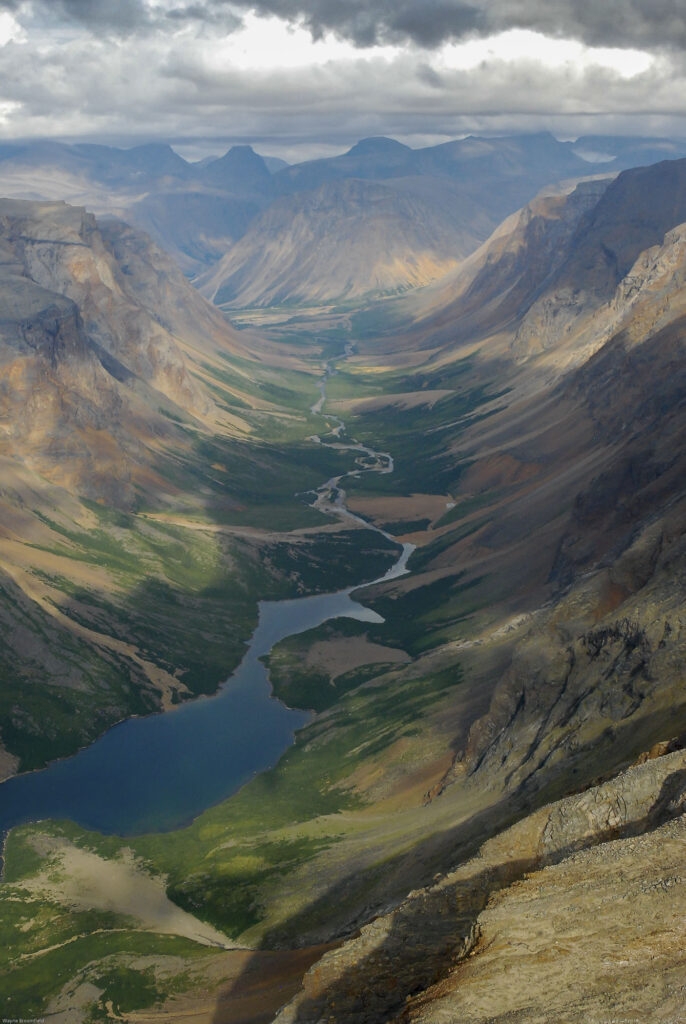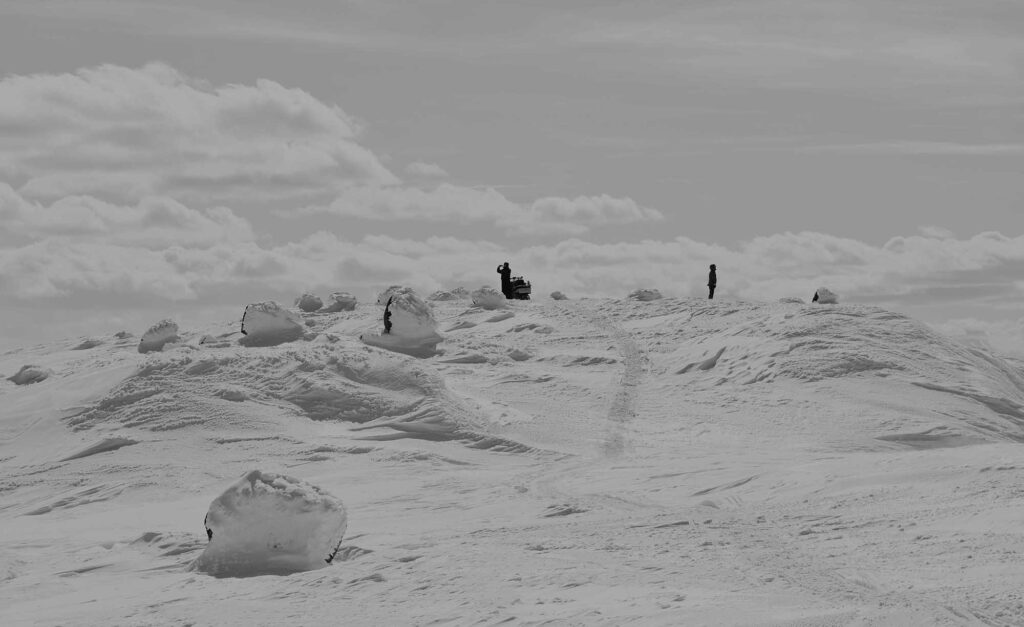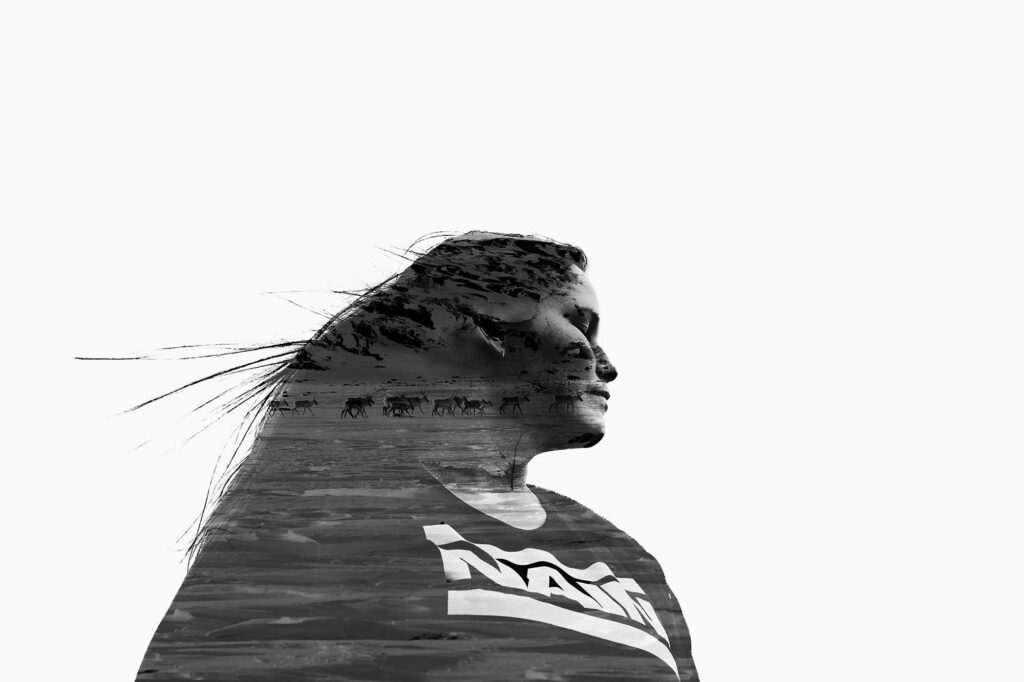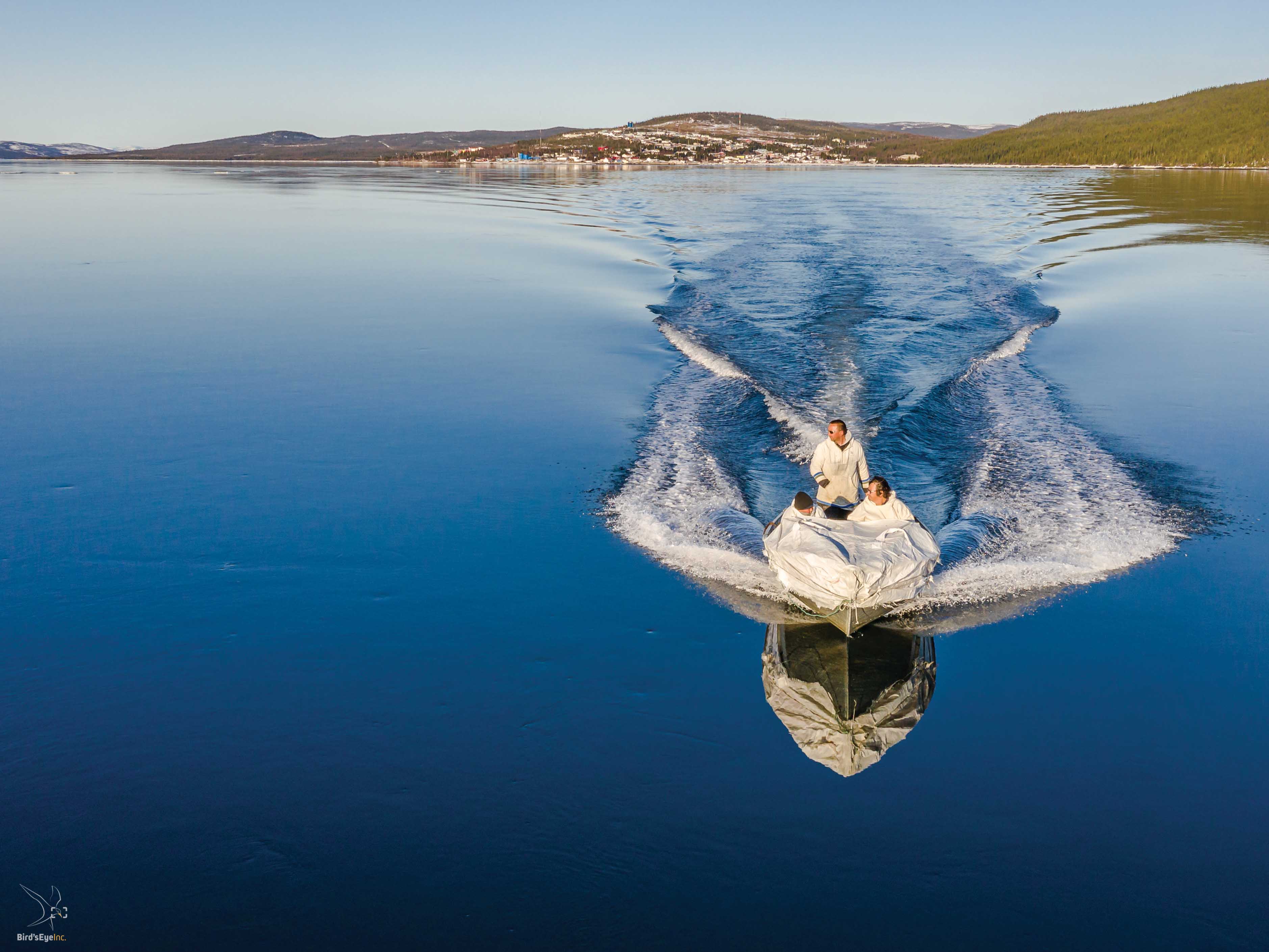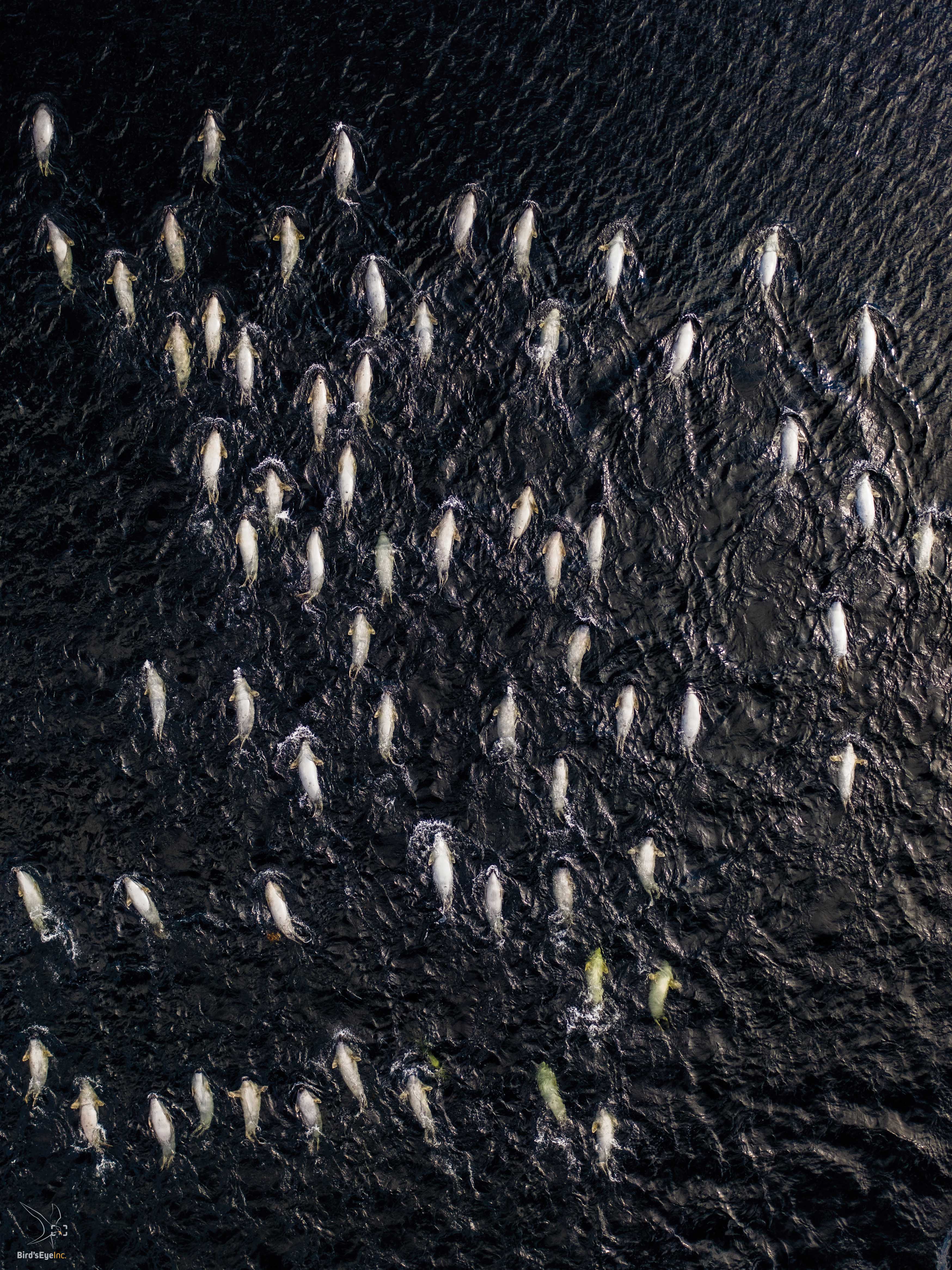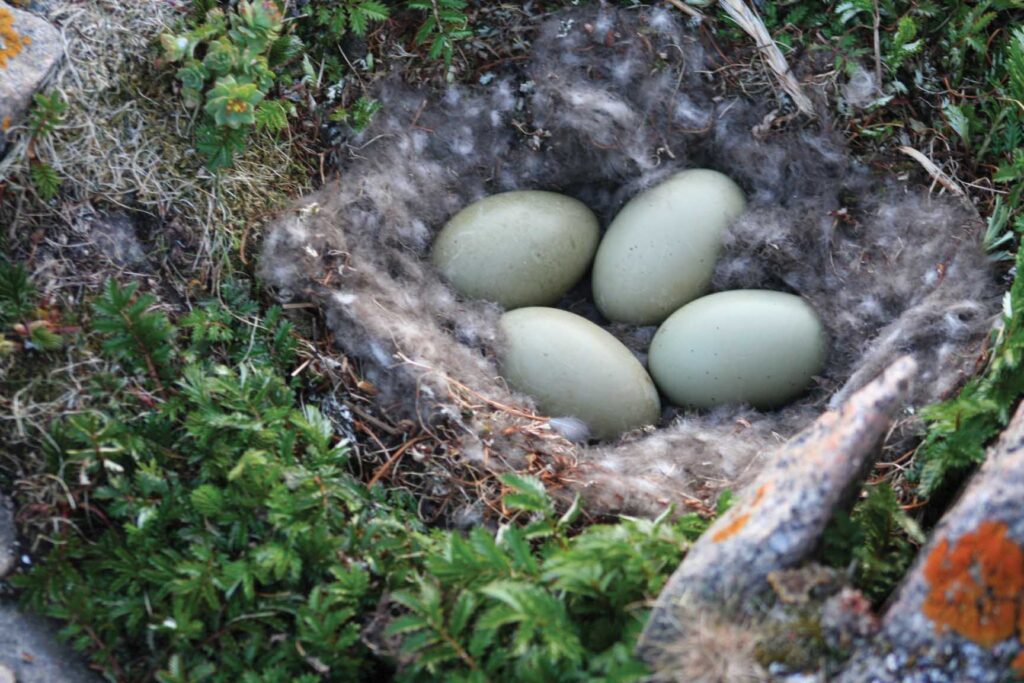More about Regeneration | Régénération | Piguttaugiallavalliajuk | Ussanitauten: Seven Northern Labrador Photographers / Sept photographes du Labrador nordique
Eldred Allen rigorously maps the world around him using a combination of hand-held 360° photosphere cameras, drones and 3D modelling. He has garnered attention for his expansive and stunningly lit landscape and wildlife scenes, whose composition and colouring elevate their everyday subject matter to the extraordinary. Allen’s work was featured in the September 2019 online exhibition Looking Down From Up (Gallery 44 in collaboration with the Inuit Art Quarterly), and Nunatsiavut: Our Beautiful Land which opened at La Guilde in Montreal (2019).
—
Gary Andersen’s involvement in photography started when he gave his spouse a camera for Christmas and used it more than she did. Photography continued as a self-taught interest that has grown over the years. He enjoys capturing all types of photography including portraits, landscapes, night scenes, wildlife, plants, insects, macro and everyday life, especially things most people don’t get to experience in a lifetime.
—
Holly Andersen is interested in photography’s ability to preserve moments in time, or capture minute details. Her practice encompasses a wide range of subjects including candid and portraiture photography of family and friends, macro photography of insects and nature, and landscape photography including local wildlife. She is a participant in the National Film Board’s Labrador Docs Project, where her film focuses on the relocation of Inuit residents to other Labrador coastal communities around 1959 when the Moravian mission at Hebron closed down.
—
A voyager, adventurer, globe-trotter and seeker of nature’s truth, Wayne Broomfield has travelled from the Arctic to the Antarctic. He is one of the few Inuit people to migrate between Earth’s poles. His people and culture come from Nunatsiavut, which means “Our Beautiful Land”. An advocate for the planet, sustainability and Mother Nature herself, Wayne has participated in movies with National Geographic and photo sessions of the great North and South, sharing stories and adventures with people who love to listen to his uncommon tales.
—
Photography has been an interest of Samantha Jacque’s for many years. Wherever she goes, whether hunting, fishing or wooding, she always has her camera with her. She loves the outdoors, and nature always inspires her to continue photography. She has had the honour of having her photographs included in the SakKijajuk: Art and Craft from Nunatsiavut exhibition (organized by The Rooms and touring nationally) and the exhibition Our Beautiful Land at La Guilde in Montreal, QC.
—
Melissa Tremblett is a visual artist of Innu and English heritage from Sheshatshiu, Labrador. A graduate of Grenfell College’s Visual Arts Program, Tremblett works with installation, performance and photography, as well as traditional techniques of doll-making and beading, to explore identity, community and transmission of knowledge. She has had residencies at Labrador Research Institute, North West River, the Banff Centre and The Rooms, where her residency led to a solo show Reprise, 2020. She was in Future Possible at The Rooms (2019).
—
A self-taught Inuk photographer and filmmaker, Jennie Williams photographs people in their everyday environments and circumstances, working to document practices and traditions in the manner that they are celebrated in Labrador today. Her examination of the Nalujuk Night tradition was the subject of the 2016 exhibition A Way of Life and she is finalizing a film on the subject as part of the National Film Board’s Labrador Docs Project. Williams was included in the touring exhibition SakKijajuk: Art and Craft from Nunatsiavut exhibition.



